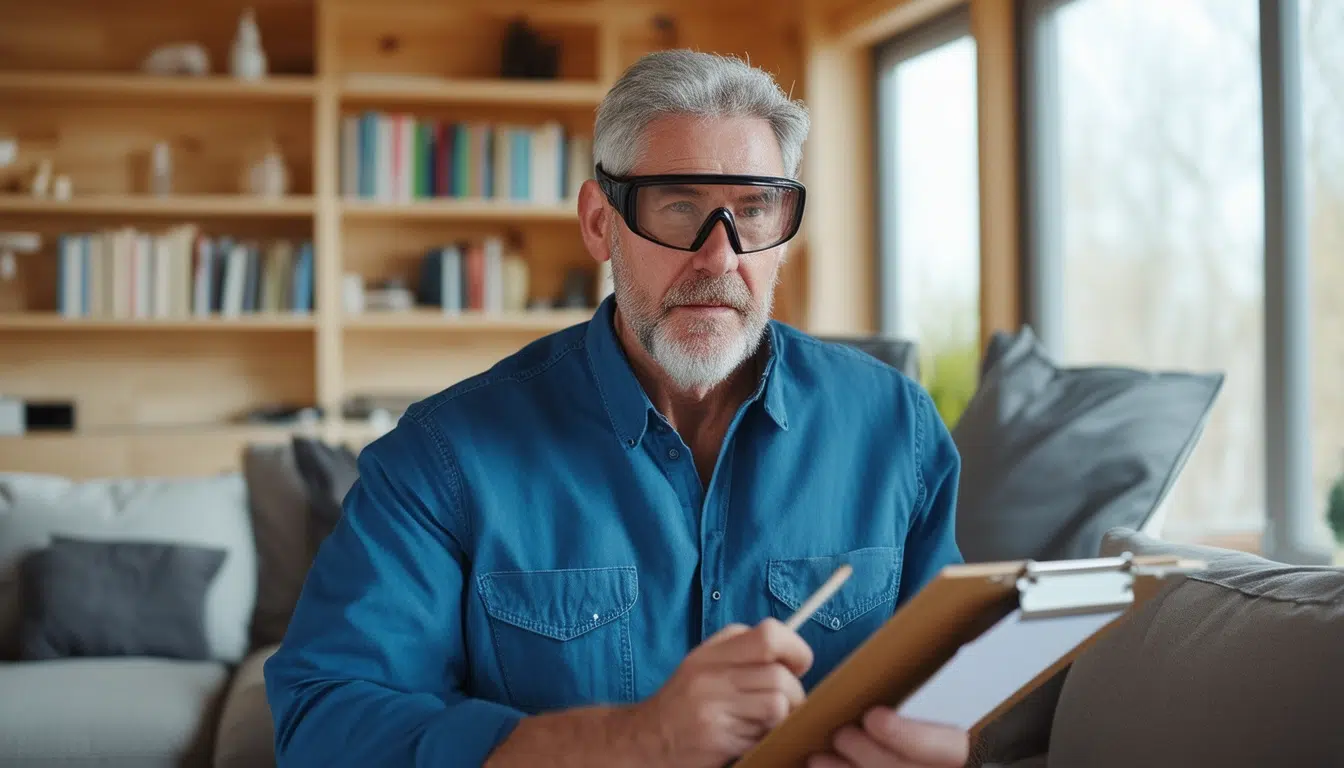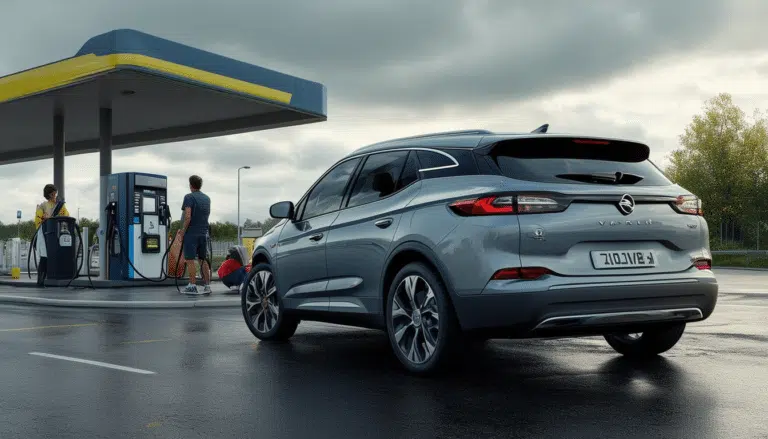Cómo hacer una auditoría energética en tu hogar

Conducting an energy audit at home is a fundamental step to identify areas where efficiency can be improved and energy consumption reduced. This detailed process allows for the assessment of current energy use, detection of leaks, and optimization of heating, ventilation, and air conditioning systems. By following an organized protocol, informed decisions can be made that not only benefit the environment but also lead to significant savings on utility bills. In this guide, essential steps will be provided to carry out a thorough evaluation of your home and thus contribute to a more sustainable future.
The energy audit is a key tool to identify energy consumption in the home and find ways to reduce it efficiently. This process not only helps to decrease energy costs on bills but also contributes to a more sustainable environment. Below are the steps to follow to carry out an energy audit at your home.
Initial Assessment
The first step consists of conducting an initial assessment of energy consumption. It is essential to collect historical data on energy use in the home, that is, to analyze electricity and gas bills from the past months. This information will give you a clear idea of your energy consumption and the patterns that repeat over time.
Home Inspection
The next phase involves carrying out a detailed inspection of the home. During this process, elements such as windows, doors, heating and cooling systems, as well as home lighting should be examined. It is critical to identify possible air leaks and assess the condition of appliances, as these can be responsible for high energy consumption.
Use of Diagnostic Tools
In this step, it is recommended to use diagnostic tools that facilitate the evaluation. An electricity meter is essential to measure real-time consumption of different appliances and derive information about their efficiency. Tools like infrared thermometers can be useful for detecting heat loss.
Consumption Analysis
Once all the information has been collected, it is time to conduct a comprehensive analysis of consumption. This analysis will enable you to identify areas where energy performance can be improved. Pay special attention to heating and cooling systems, which are often the largest consumers of energy in a home.
Recommendations for Energy Efficiency
After completing the analysis, it is essential to generate a list of improvement recommendations. These may include the installation of LED lighting, improving insulation, or using high-energy-efficiency appliances. Implementing these recommendations can lead to a significant reduction in energy consumption and thus in monthly expenses.
Continuous Monitoring
Finally, it is crucial to conduct continuous monitoring of energy consumption after implementing the savings measures. By keeping track of changes in bills and making adjustments as necessary, you can ensure that your home remains energy efficient in the long term.
For more information on strategies to improve energy efficiency in general, we recommend visiting these links: Economic benefits of energy efficiency, Energy efficiency strategies for businesses, and Integration of smart technologies to reduce fuel costs.
Conducting an energy audit at home is a fundamental process to identify areas where efficiency can be improved and, consequently, reduce energy expenditure. This process begins with an initial assessment that involves collecting data on previous energy consumption. Understanding how much energy is spent and what it is being invested in is crucial for any subsequent analysis.
Once the necessary information has been collected, it is essential to proceed with the home inspection. During this stage, heating, ventilation, and air conditioning systems, as well as the insulation of windows and doors, are reviewed. This inspection will clearly visualize where significant improvements can be made and what areas are most prone to energy leaks.
Another vital component of the audit is the use of diagnostic tools, such as electricity consumption meters. These devices allow you to measure real-time electricity consumption and detect usage patterns that may be causing unnecessary expenditure.
After conducting the inspection and analysis, the next step is to develop an action plan based on the findings obtained. This plan should include specific recommendations that may range from improving the home’s insulation to installing more energy-efficient appliances.
Finally, it is not just about identifying problems but implementing solutions. Properly following up on the recommendations allows not only to reduce energy consumption but also contributes to the development of a more sustainable and environmentally friendly home.





